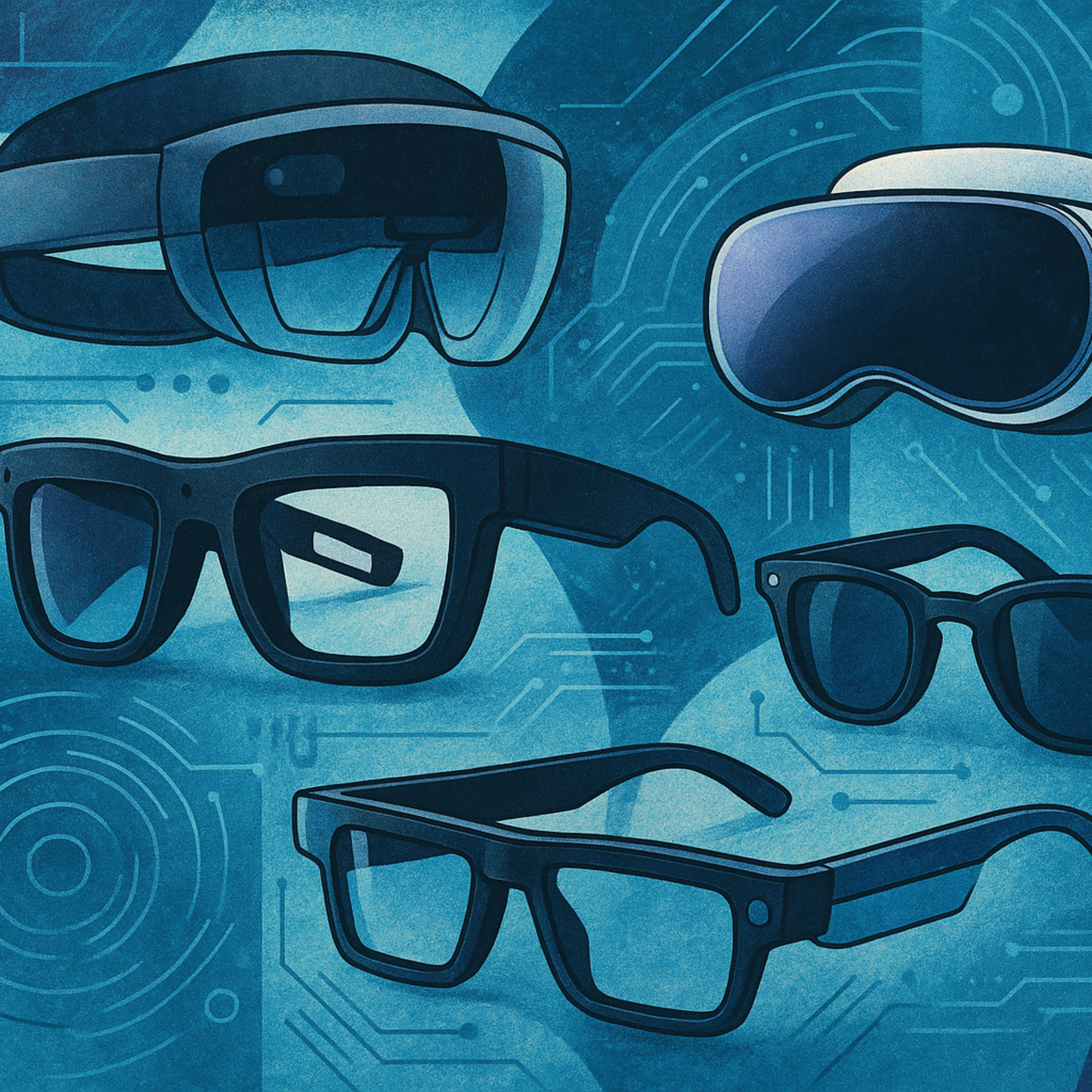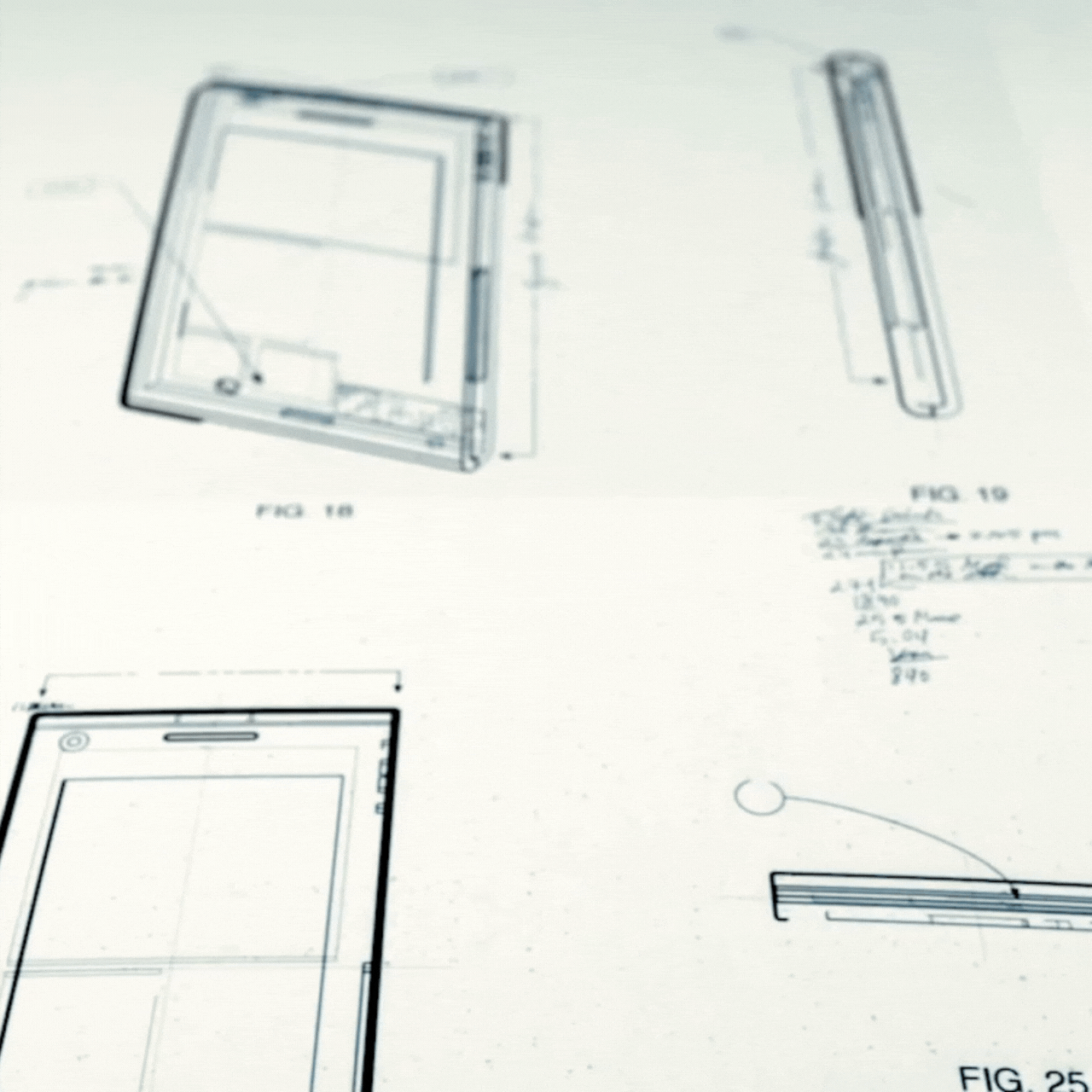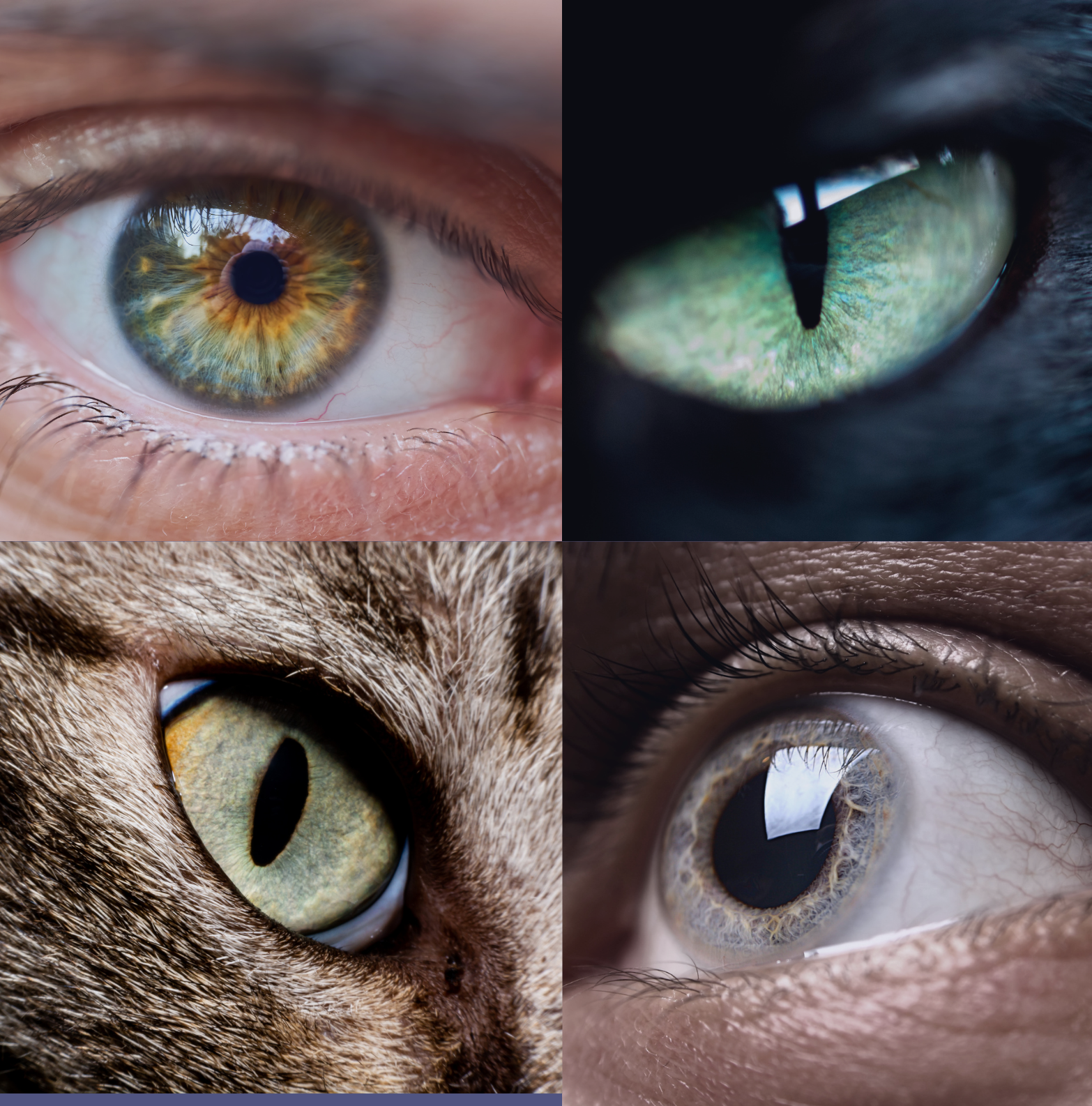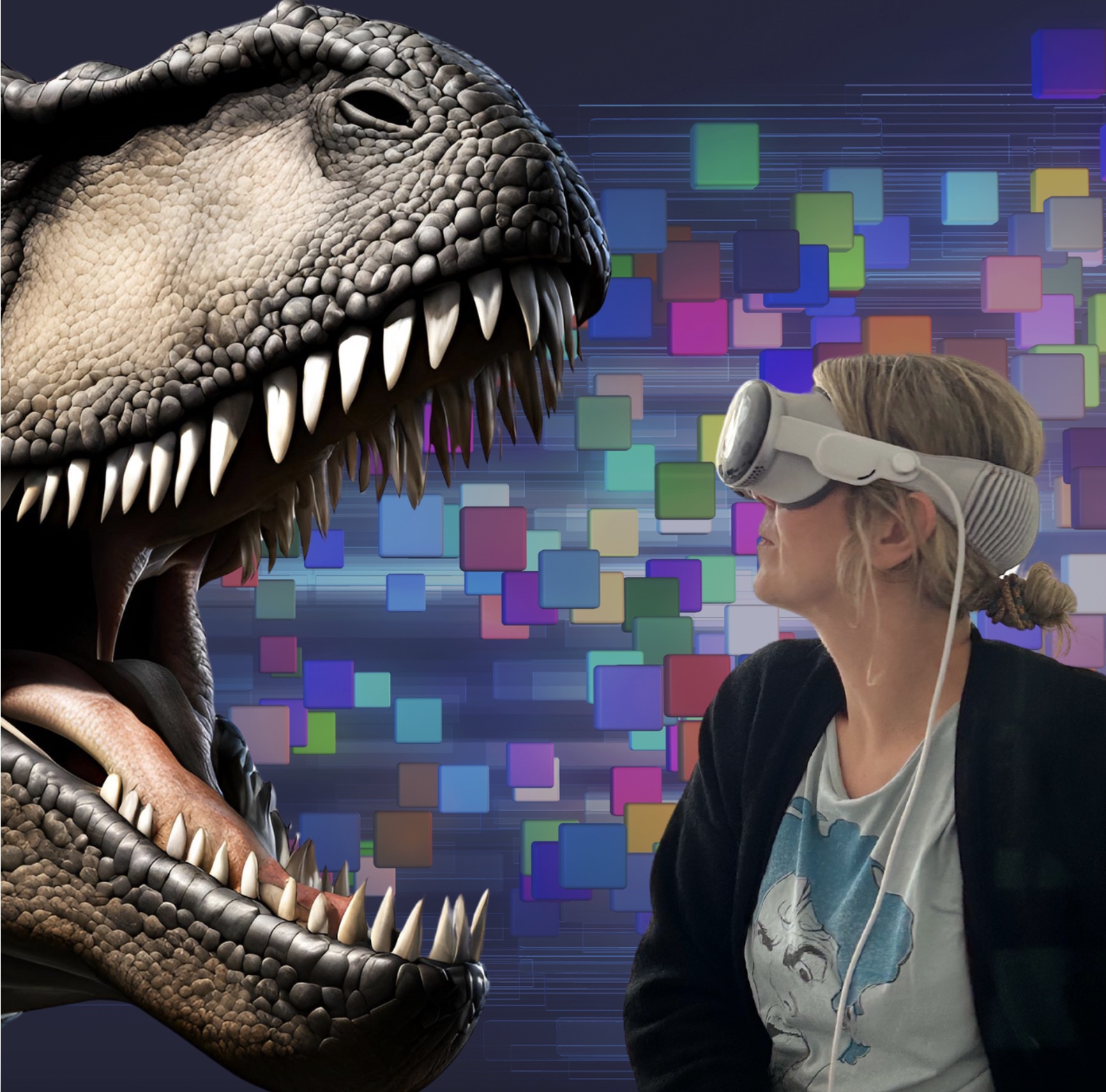HOW AMETROPIA AND EVEN SIGHT LOSS IN ONE EYE CAN BE TAKEN INTO ACCOUNT

By Alejandro Gloriani
Many people need some form of vision correction: According to the European Council of Optometry and Optics, more than half of the people in Europe (55 percent) wear glasses, and around 9 percent wear contact lenses.i The Vision Council of America found that in 2018, about 164 million US adults wore glasses all the time or occasionally – 65 percent of all adults in the US.ii
Working in front of a screen and reading on a smartphone are assumed to be especially hard on our eyes and contribute to nearsightedness (myopia). As we spend more and more time in front of screens and smartphones, scientists predict a drastic increase in myopia: By 2050, they say, one in two people worldwide (about 4.76 billion people) will be nearsighted. Twenty years ago, not even one in four was affected (1.4 billion people). According to the scientists, the increase in myopia is greatest among young people in East Asia.iii
In light of these figures, the question arises whether the many people who are dependent on a visual aid can use eye tracking at all. Is it even possible for people with vision impairments that cannot be normalized by a vision aid, such as loss of vision in one eye?iv We have compiled the most important information for you on the subject of eye tracking despite visual impairment.
ACCURATE EYE TRACKING EVEN WITH VISUAL AID
For optimal results, camera-based eye tracking requires a “clear path”, meaning no barriers or elements that may interfere between the sensor and the eyes. At the same time, the user should have the best possible visual acuity, and for many people that means dioptric corrections either through contact lenses or glasses. How can this dilemma be solved?
The first step is to clearly define the data quality requirements needed according to the intended use of the eye-tracking data. For research purposes, the usual strategy is to work with healthy eyes, avoid strong eye makeup, such as mascara, and droopy eyelids. In addition to these common principles, desktop-based eye tracking systems and eye tracking glasses have different requirements.
To achieve greater accuracy, desktop eye trackers typically track not only the pupil but also reflections in the cornea. If wearing glasses cannot be avoided, it is essential to use clean prescription lenses without scratches, preferably non-bifocal and without infrared light blocking coating (most eye trackers use infrared light to illuminate the pupils) to minimize interference and allow the detection of corneal reflection. An alternative in this scenario are contact lenses. Using them, unwanted reflections and blocking effects are avoided.
In the case of eye tracking glasses, some of them offer correction lenses that can be easily replaced and adjusted to the individual user. Since the eye cameras are mounted in the frame behind the correction lenses, the path between the eyes and the cameras is clear and short, and detection is not affected by reflection effects on the lenses or other barriers.
Contact lens wearers can simply continue to wear their usual lenses under eye tracking glasses. Soft, flexible contact lenses that do not slip when blinking and do not cause dry eyes, which can affect the accuracy of the eye tracking, are preferable. In any case, contact lenses can slightly affect the accuracy of eye tracking, as they change the shape of the cornea.
For those who need mobile, flexible, and yet accurate eye tracking, eye tracking glasses with interchangeable correction lenses are the ideal solution.
Fig. 1: Thanks to quick-change optical lenses with various diopters levels, the VPS 19 eye tracking glasses can be adjusted to the individual needs of the user. The lenses are also available as progressive lenses.
CERTAIN SITUATIONS AND IMPAIRMENTS REQUIRE ONE-SIDED EYE TRACKING
Recently, we received the question whether sight loss in one eye precludes eye tracking. And indeed, the increasing use of eye tracking glasses outside the field of research leads to facing more and more scenarios in which it might be necessary or recommendable to track just one eye.
Eye impairments such as one eye with very low visual acuity, the loss of one eye, a cataract in just one of the eyes (opacity in the lens), strabismus (the eyes do not properly align with each other when looking at an object), amblyopia (lazy eye), anisocoria or differently sized pupils (one of the most unique traits of David Bowie) can lead one to wonder if eye tracking is still possible.
In fact, eye tracking becomes difficult with impairments such as small pupil size (abnormal miosis; pupil size of 2 mm or less), tremor of the pupils (nystagmus), abnormal contraction of the eyelid muscles (blepharospasm), or abnormal pupils shape, among others.
For many other cases of visual impairment, however, there is a solution: Using the VPS 19 with the latest software, a user can calibrate and use the system by tracking only one functional eye, still getting data with goodv accuracy and precision. Nevertheless, it is important to point out that accuracy (the offset from the true gaze point) and precision (the spread of the gaze points) can vary across users and tracking conditions.vi
Using the VPS 19 by calibrating only one functional eye is possible because each eye is tracked independently, and the monocular data are merged only in the final step of the eye tracking algorithm. The design of our gaze merging step also allows that if during a standard tracking of both eyes, one of the two is momentarily not detected, the data from the other eye will still predict the gaze direction with sufficient accuracy. This increases the possibilities of using our system outside of optimal conditions, providing not only the most robust eye tracking solution for remote support, training, and documentation tasks, but also for research purposes in which there is an explicit interest of tracking one eye.

Fig. 2: Screen of the smart unit of the VPS 19 during a calibration using just one eye. The single-eye calibration even works in the dark with poor lighting.
These measurements confirm how accurate and precise the eye tracking data we get with our VPS 19 are, even when only one eye is tracked:

Fig. 3: Comparison of the accuracy values obtained from the right eye of an experienced user, tracking both eyes (binocular calibration), or just one (monocular calibration). The measurements were performed under the same lighting conditions, and when only one eye was tracked, the other one was occluded wearing an eye patch. For each target, the cross represents the fixation target location, while the dot represents the mean of the estimated gaze point. The accuracy is given by the difference between the cross and the dot, while the precision is given by the “size” of the covariance ellipse (2D Gaussian, including 86% of the total gaze points probability).
CONCLUSION: Whether you use it in research & analysis or on the shop floor of a manufacturing company, our eye tracking solution can be used by people who wear visual aids, and also in the case of certain types of visual impairments. If in doubt, feel free to contact us for an individual consultation and discussion of possible solutions.
REFERENCES
i Data based on: European Council of Optometry and Optics. Blue Book 2020: Trends in optics and optometry – comparative European data. Adligenswil, Switzerland, p. 41 (2020). https://www.ecoo.info/wp-content/uploads/2020/10/ECOO-BlueBook-2020_website.pdf
ii The Vision Council. VisionWatch (2018). https://www.thevisioncouncil.org/sites/default/files/TVC_OrgOverview_sheet_0419.pdf
iii Holden BA, Fricke TR, Wilson DA, et al. Global Prevalence of Myopia and High Myopia and Temporal Trends from 2000 through 2050. Ophthalmology, Volume 123, Issue 5, S. 1036-1042 (May 2016).
iv According to the WHO, at least 2.2 billion people worldwide are affected by a visual impairment. Source: World Health Organization. World report on vision. Geneva, p. XI (2019). www.who.int/publications-detail/world-report-on-vision
v Overall accuracy and precision of around 0.75° and 1.42° respectively (average accuracy and precision of the five calibrations targets) in units of degrees of visual angle. In some regions, accuracies as high as 0.34° could be achieved, with a precision of 0.74°.
vi Anna Maria Feit, Shane Williams, Arturo Toledo, et al. Toward Everyday Gaze Input: Accuracy and Precision of Eye Tracking and Implications for Design. In Proceedings of the 2017 CHI Conference on Human Factors in Computing Systems (CHI ’17). Association for Computing Machinery, New York, NY, USA, p. 1118–1130 (2017). https://doi.org/10.1145/3025453.3025599






